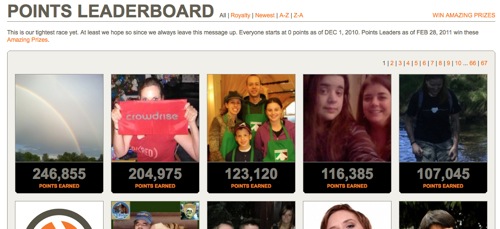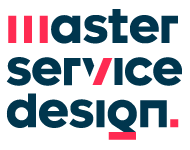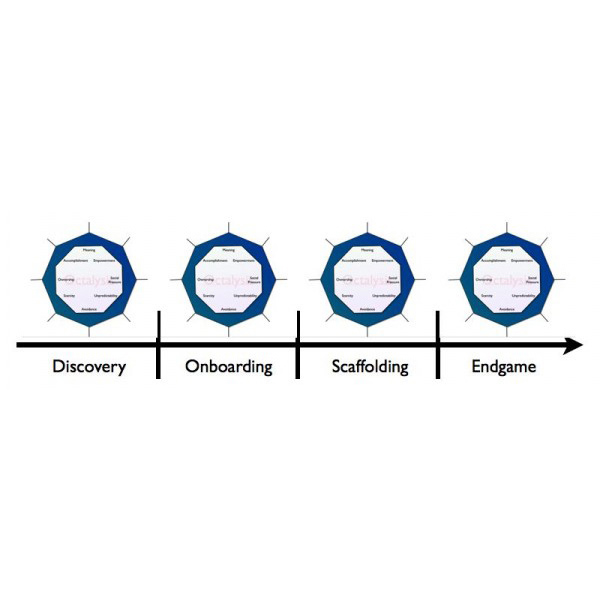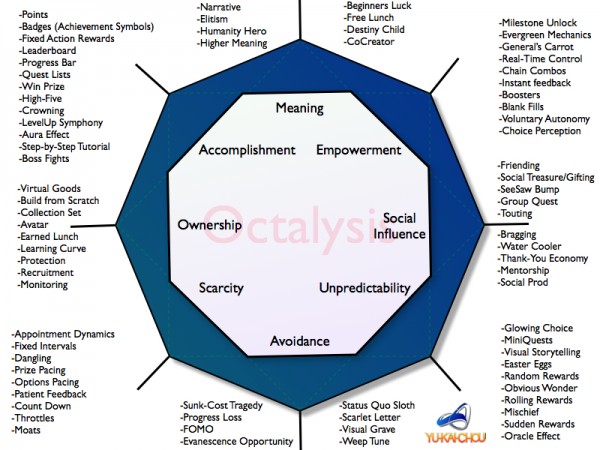A service designer is generally hired to fix a broken experience or to ideate on a new service and create its seamless experience. Their perspective is Gestaltic – having both a micro and macro view of the service’s system and processes. These processes; whether bourn out of conscious design or consequence of the activities and actions, create an experience for the end user, broken or smooth. The job is accomplished successfully when a great service expereince is delivered.
“A service experience is made of the customer’s interactions with many touchpoints, while service quality can be defined by how well the touchpoints work together for the customer.”
– Polaine, Lovlie and Reason
There are myriad ways to craft and deliver a perfectly synchronized and adaptive service experience. Some services in use an approach of gamification, which demands laudatory attention. By engaging the users, gamification is changing the way users look at the sector of charitable causes because it allows users to be involved in a more direct manner. Not only is this approach fun and engaging, but its also lucrative and yields tangible results.

Gamification can be used as a tool to craft a user’s expereince, or be used to gamifiy the the expereince itself. A great tool for gamification is Yukai Chou’s Octalysis – a complete gamificaiton framework to analyze and build strategies around various systems that make a game fun. The Octalysis can convert any campaign/service/product into actionable steps. It takes on a psychological approach:
“The reason some games are fun is because they appeal to certain core drives within us that motivate us towards certain activities.”
Based on an Octagoan shape, the Octalysis consists of 8 sections for each of the 8 Core Drives that motivate and engage us in a game. This framework can then be applied and used in a step by step process to understand and craft a service offer- gamified or not.
A key piece of knowledge for a service designer is to know that a user’s journey of experiencing and interacting with a service or product is continuously evolving. The motivation and perception to use and engage with a service on day one, is inherently different from that of day hundred.
“People become involved with a game or a product, not as a single encapsulated event, but through a series of stages where they grow to understand it better. The user experience will develop gradually as familiarity with features and structure is gained.”
A product and service needs to be looked at as 4 seperate entities belongig to each of the 4 experience phases: Discovery, Onboarding, Scaffolding and End Game. The Octalysis can then be used to adapt the users the 8 core motivational drives into each experience phase. Such an approach uses gamification as a tool for service designers to create a well crafted service experience instead of gamifying the expereince itself.


